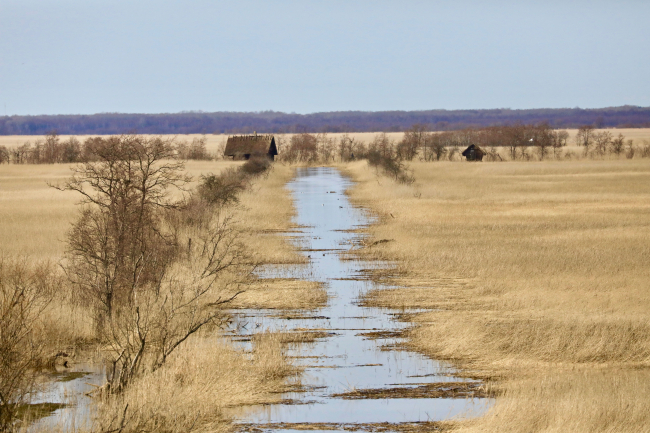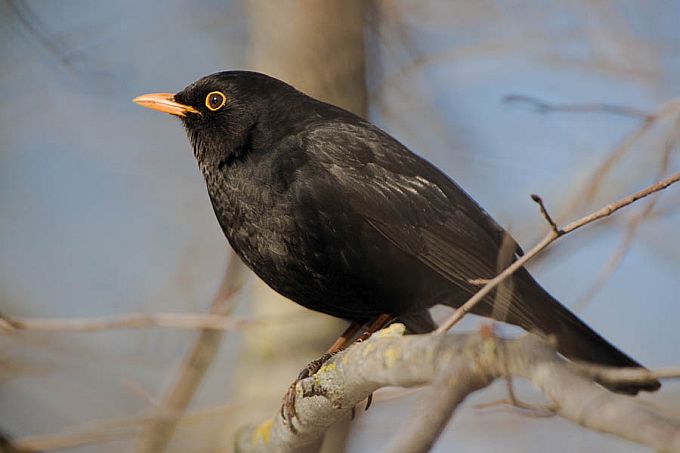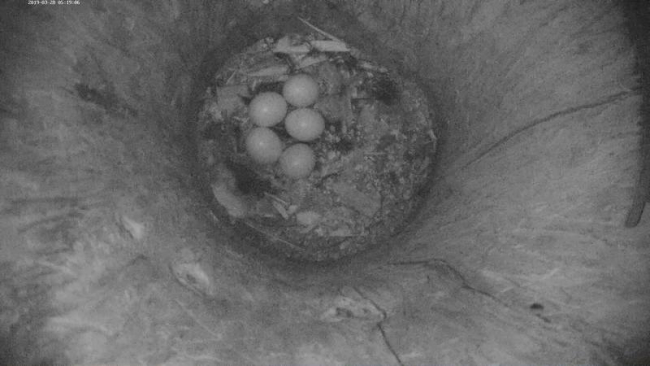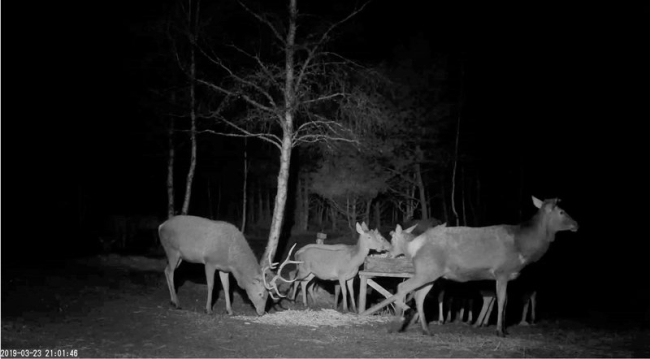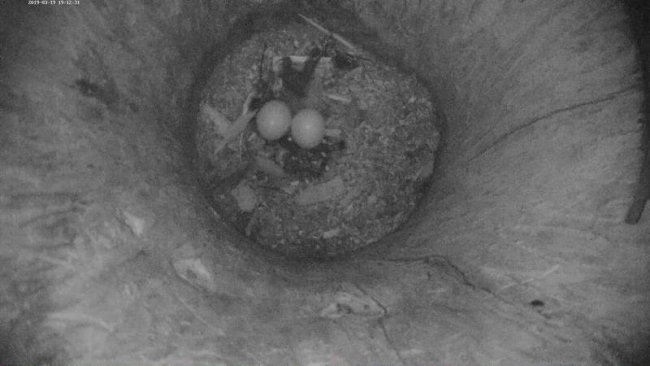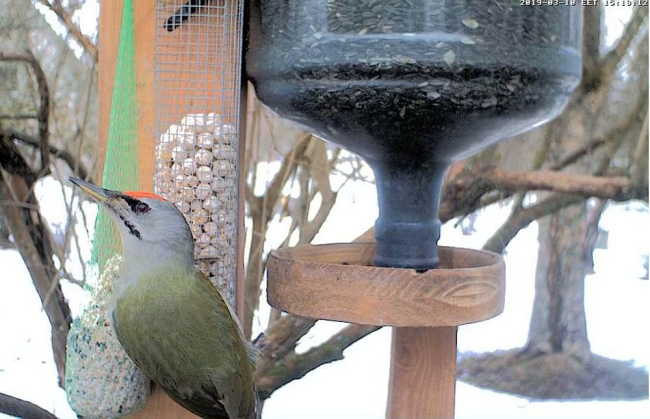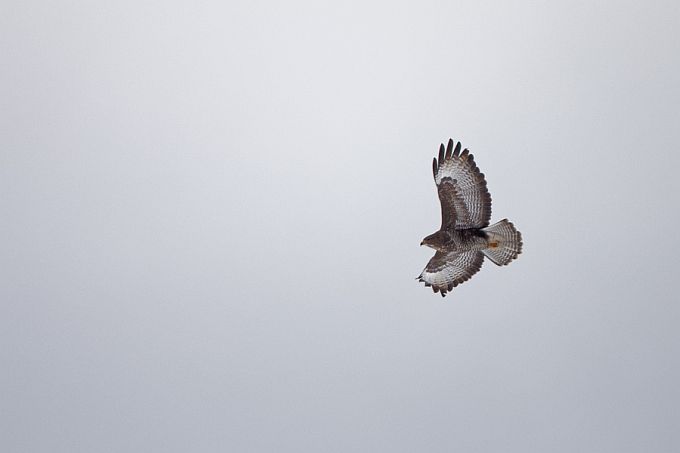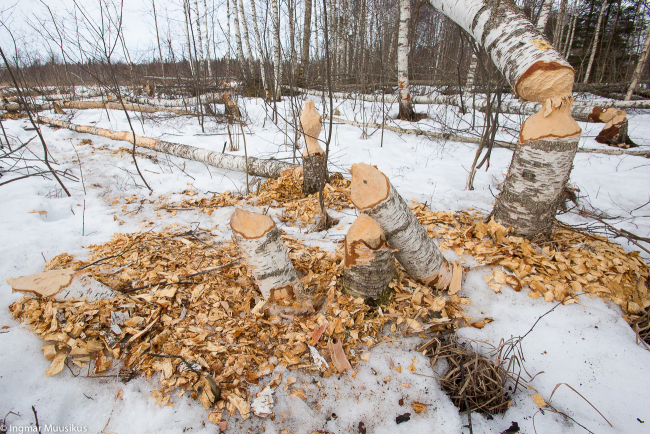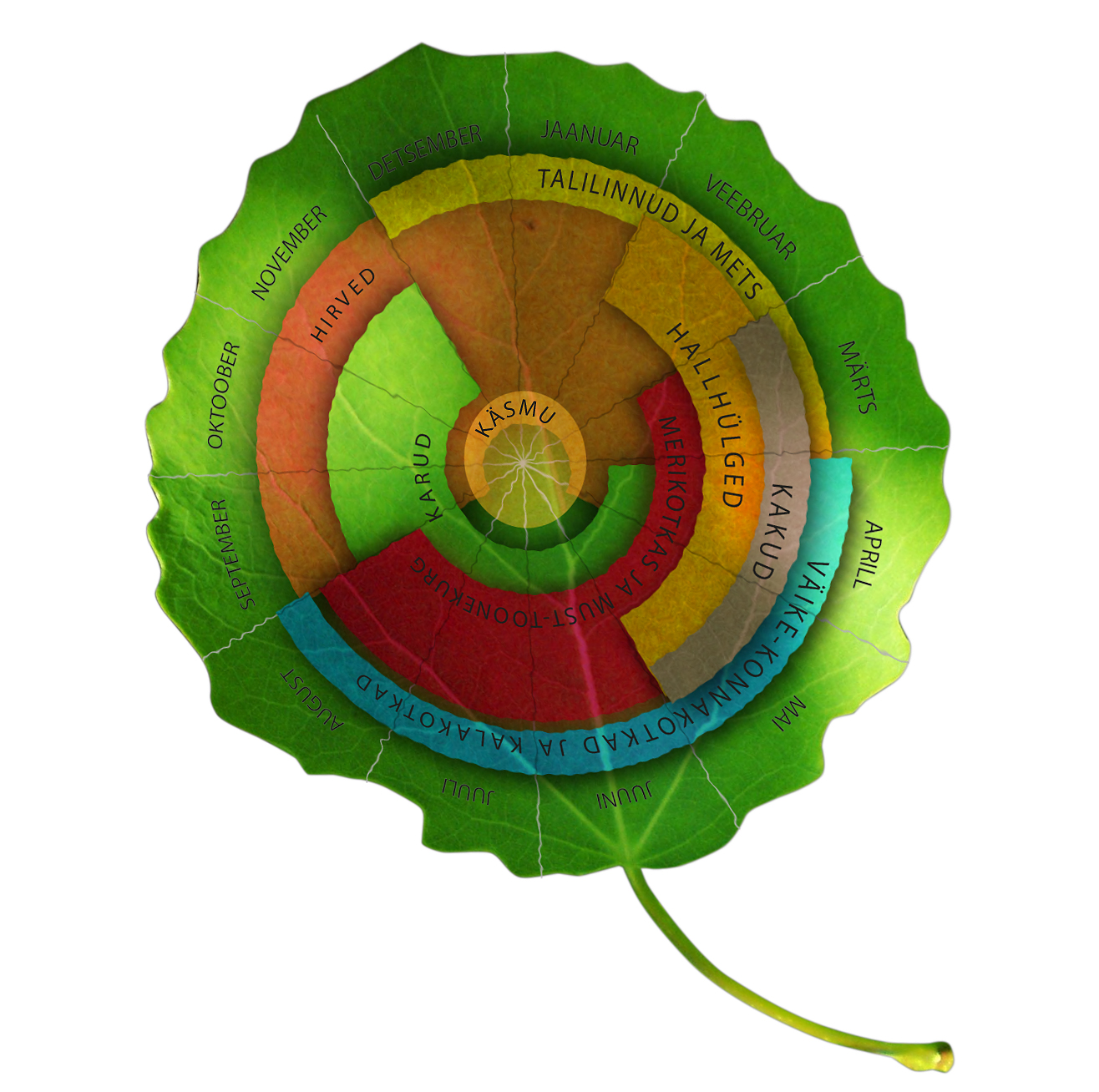Red deer camera season on final stretch
Information from Tiit Hunt, www.rmk.ee
English translation Liis
Estonian text posted 30.03.2019
The sixth season of the red deer web camera is coming to an end. At the end of February five years ago we were first able to observe the doings of the deer in Saaremaa in real time via the web camera. Yes, indeed time flies, runs, ticks away … it doesn’t dawdle …
In the video records of the last few days we can see that in the second week of spring one deer bull already has six new furry antler tines while others are bare-headed and many still have their antlers firmly on their heads.
